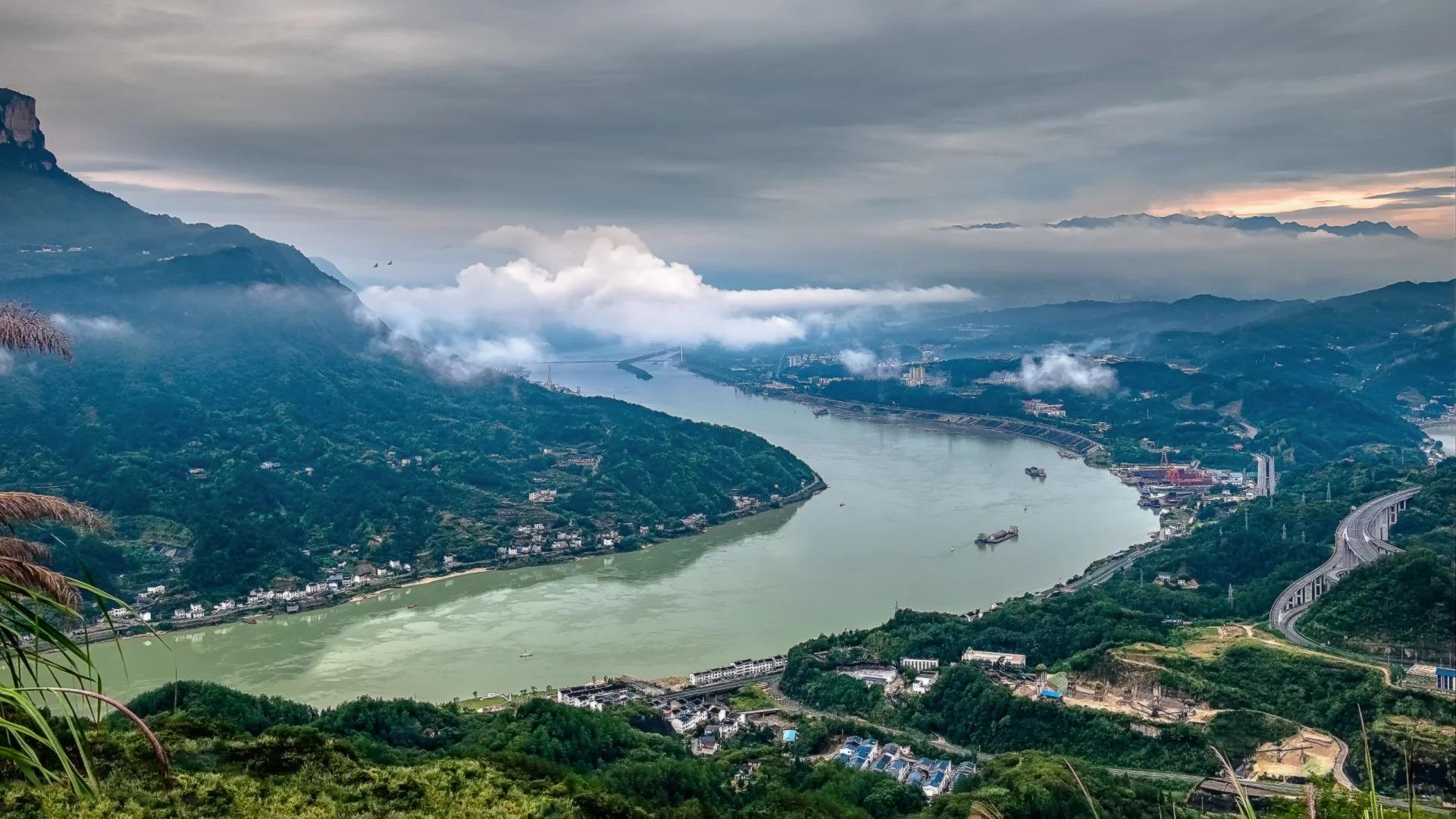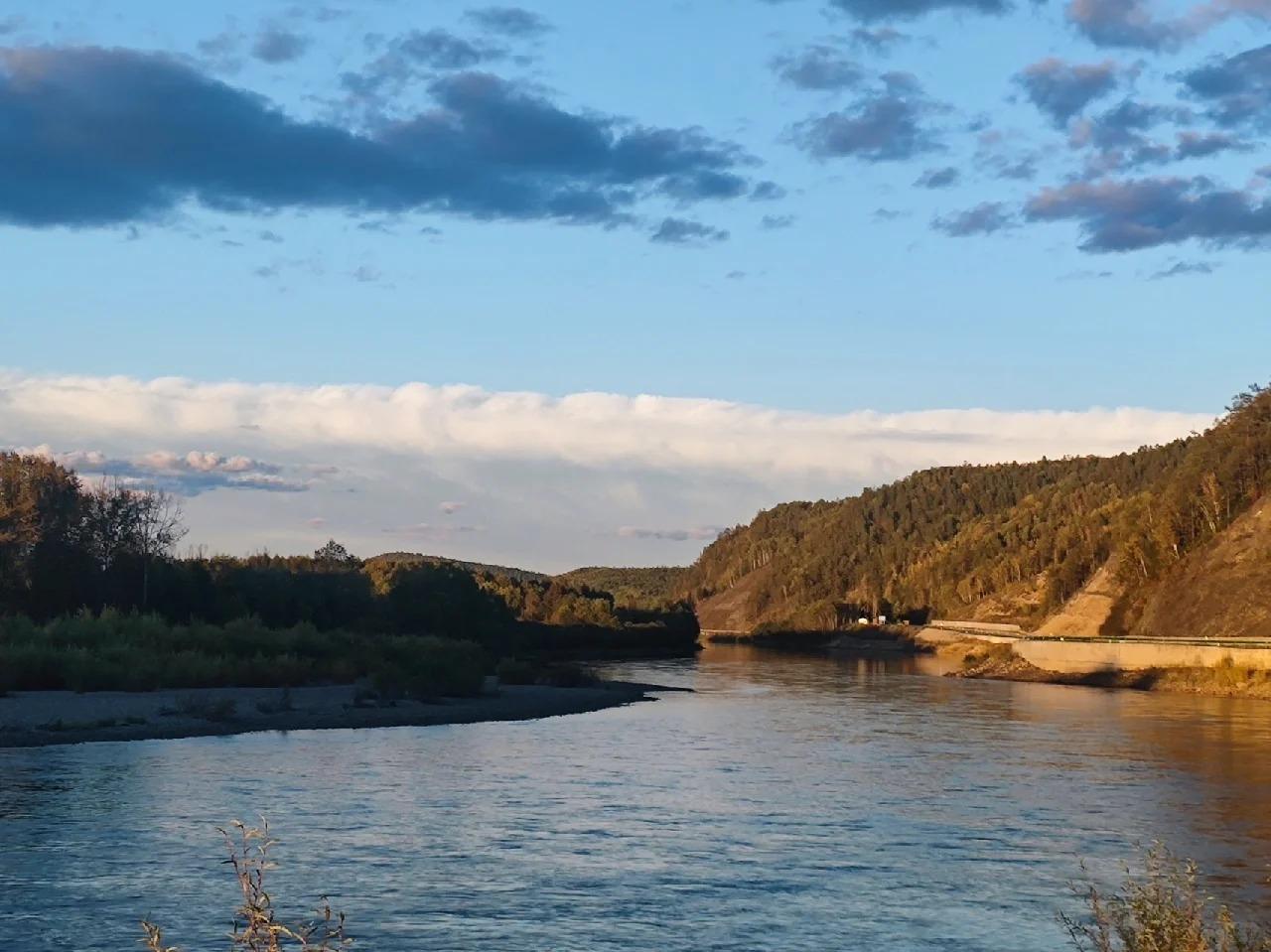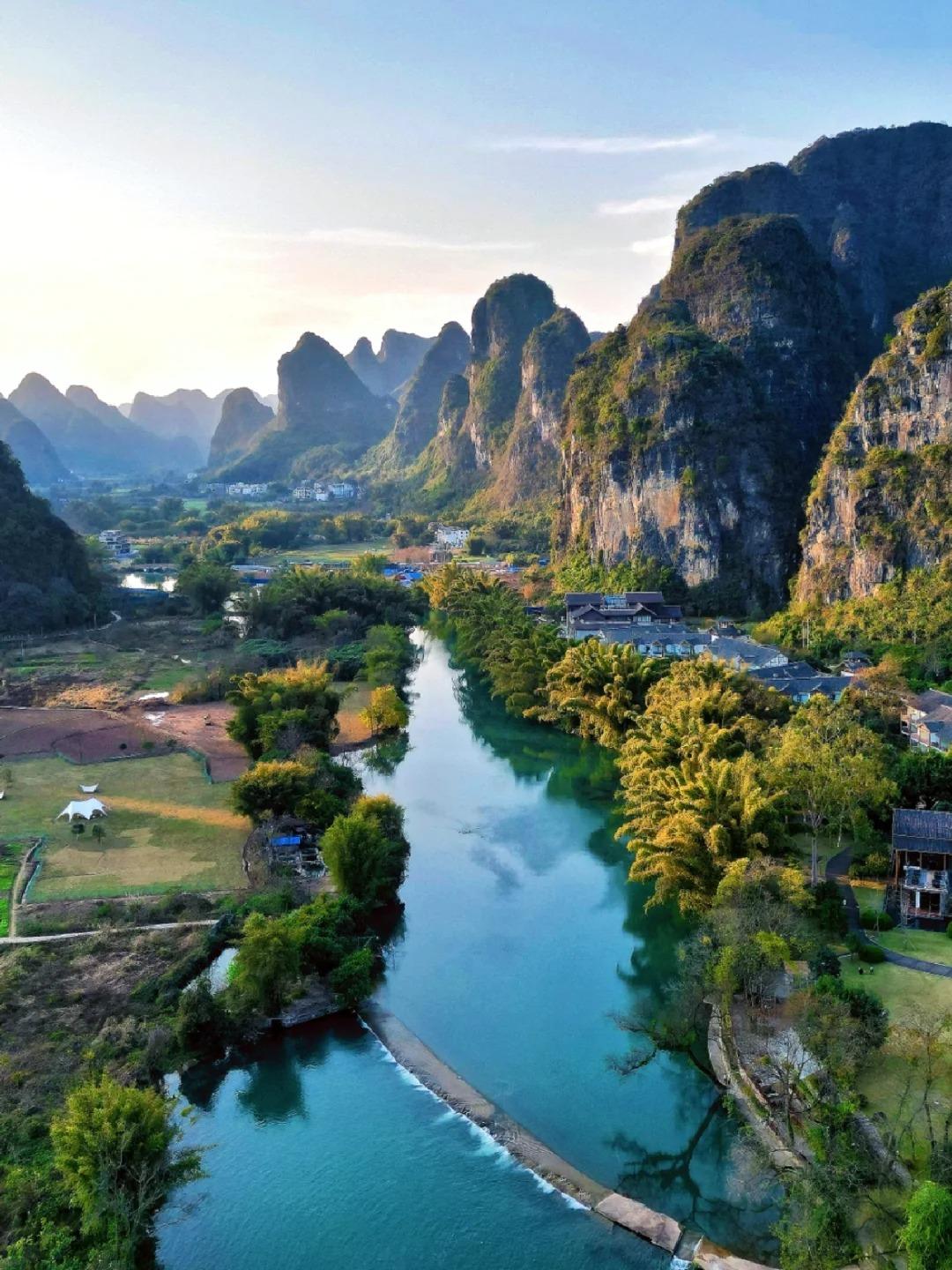Introduction to China’s River Systems
China’s vast landscape is crisscrossed by an intricate network of rivers that have shaped the nation’s history, culture, and economic development for millennia. From the snow-capped Tibetan Plateau to the bustling coastal regions, these waterways have been the lifeblood of Chinese civilization, serving as vital transportation routes, sources of irrigation, and inspiration for countless works of art and literature.

The Mighty Yangtze (Chang Jiang)
The Yangtze River, stretching 6,300 kilometers, is China’s longest river and the third-longest in the world. It flows from the Tibetan Plateau to the East China Sea, passing through 11 provinces and municipalities.

Key Features:
- Three Gorges Dam: World’s largest hydroelectric power station
- Three Gorges: Qutang, Wu, and Xiling Gorges
- Yangtze River Delta: One of the most economically vibrant regions in China
Major Attractions:
- Chongqing: Gateway to the Three Gorges
- Wuhan: Historical and modern significance
- Nanjing: Former capital with rich history
- Shanghai: Where the Yangtze meets the sea
Yangtze River cruises offer a popular way to experience the river’s beauty and cultural significance, typically running between Chongqing and Yichang.
The Historic Yellow River (Huang He)
Often called “the cradle of Chinese civilization,” the Yellow River has played a crucial role in China’s development for over 5,000 years. It runs for 5,464 kilometers through nine provinces.

Significant Landmarks:
- Hukou Waterfall: Largest waterfall on the Yellow River
- Loess Plateau: Unique geological formation
- Ordos Loop: Massive bend in the river’s course
The Yellow River’s fertile banks gave birth to ancient Chinese agriculture and some of the earliest Chinese dynasties.
The Pearl River System (Zhu Jiang)
The Pearl River system, consisting of the Xi, Bei, and Dong Rivers, is vital to southern China’s economy. It flows through Guangdong Province and empties into the South China Sea.

Scenic Spots:
- Guangzhou: Pearl River Night Cruise
- Macau: Where the river meets the sea
- Zhaoqing: Seven Star Crags
The Pearl River Delta is one of the most densely urbanized regions in the world and a major economic hub.
Northern and Border Rivers
| River | Description |
|---|---|
| Heilongjiang (Amur River) | Forming the border between northeastern China and Russia, the Heilongjiang is a symbol of international cooperation and trade. |
| Songhua River | The largest tributary of the Heilongjiang, it’s crucial for agriculture and industry in northeastern China. |
| Liao River | Flowing through the industrial heartland of northeast China, the Liao River is essential for the region’s economy. |
Southern and Southwestern Rivers
| River | Description |
|---|---|
| Mekong River (Lancang River in China) | An international river flowing through six countries, it’s vital for trade and diplomacy in Southeast Asia. |
| Li River | Famous for its stunning karst landscape, the Li River is a top tourist destination, especially the section between Guilin and Yangshuo. |
| Min River | The lifeline of Sichuan Province, it’s known for the ancient Dujiangyan irrigation system. |
| Han River | A major tributary of the Yangtze, it flows through the historic city of Xiangyang and joins the Yangtze at Wuhan. |
Travel Tips and Experiences for River Explorers
| River | Best Time to Visit | Unique Experiences |
|---|---|---|
| Yangtze | April to October | Three Gorges cruise, ghost city tours |
| Yellow | May to October | Hukou Waterfall, Loess Plateau exploration |
| Li | April to October | Bamboo rafting, karst mountain hiking |
| Pearl | October to March | Night cruises, urban river walks |
| Mekong | November to April | Border town visits, ethnic minority cultures |
Cultural Experiences and Cuisines:
- Yangtze: Chongqing hotpot, Three Gorges folk customs
- Yellow: Lanzhou hand-pulled noodles, Shaanxi cuisine
- Li: Guilin rice noodles, minority village visits
- Pearl: Cantonese dim sum, colonial architecture tours
- Mekong: Dai cuisine, tea culture experiences
Responsible Tourism Practices:
- Choose eco-friendly tour operators
- Respect local communities and their traditions
- Avoid disturbing wildlife, especially in sensitive ecosystems
- Use reusable water bottles and properly dispose of waste
- Support local businesses and artisans
China’s rivers offer a fascinating journey through the country’s history, culture, and natural beauty. Whether you’re cruising the dramatic gorges of the Yangtze, exploring the ancient civilizations along the Yellow River, or marveling at the karst landscapes of the Li River, each waterway provides a unique perspective on the Middle Kingdom. As you plan your river adventures in China, remember to travel responsibly and immerse yourself in the local cultures and cuisines. The rivers of China are not just waterways; they are the flowing threads that weave together the rich tapestry of Chinese civilization.








